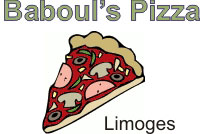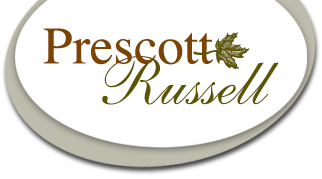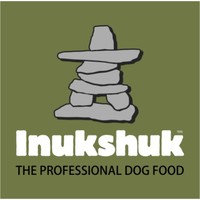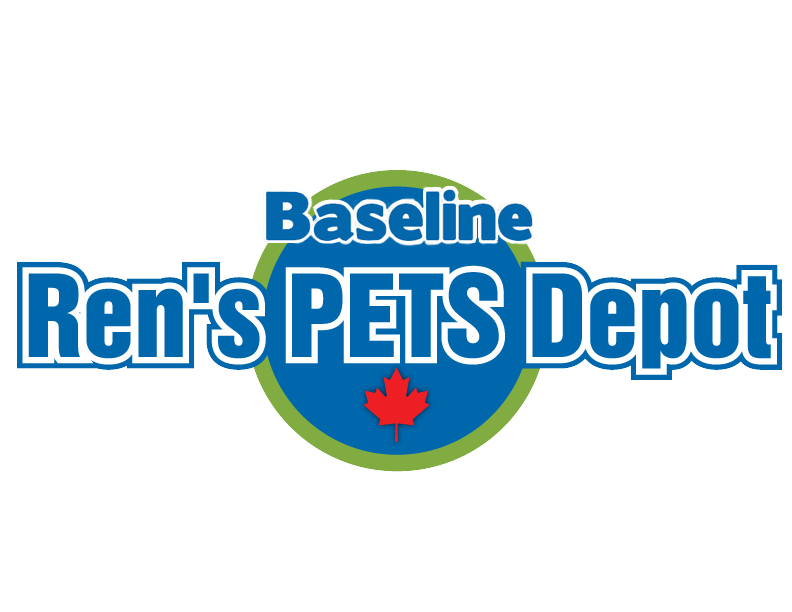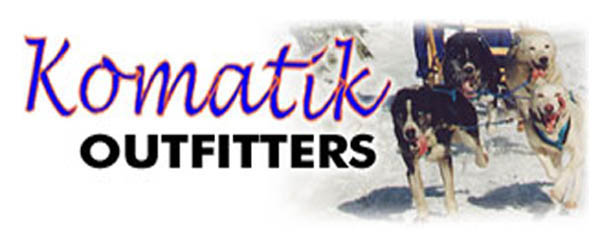There appears to be some frustration about passing, so see the ISDRA passing rules in brief below.
Dryland
PASSING
1. In races where teams have started sequentially, one behind the other at predetermined intervals, passing rules are defined
in subsection F.
2. When a team driver intends to pass another team, the passing team driver may demand the right of way when the lead
dog(s) comes within fifty (50) feet / fifteen (15) metres of the overtaken team.
3. The overtaken team shall make way for the passing team by steering to one side of the trail, slowing his team and, if
demanded by the overtaking team driver, stopping and keeping the team from moving forward.
4. If the passing team becomes tangled or bunched up in the course of the pass, to allow time to untangle and tighten lines,
that team’s driver may require the overtaken team to remain stopped for up to one (1) minute in Limited Classes involving six
(6) or more dogs, one-half (1/2) minute in all other classes.
5. Once a team has been passed, that team shall not repass so long as the driver in front is making an effort to keep his team
moving forward until
a. In Limited Classes involving six (6) or more dogs, after no less than two (2) minutes or one half (1/2) mile / one and
eight tenths (0.8) kilometres.
b. In Limited Classes involving fewer than six (6) after no less than one (1) minutes or one-quarter(1/4) mile / four tenths
(0.4) kilometre
d. At any lesser interval when both drivers are in agreement.
EXCEPTION
After a pass has been completed, a team that has been passed need not hold his/her team while the other driver:
i. repairs gear or
ii. unhooks and transfers a dog or dogs from one position in the team to another position in the team or
iii. goes off the race trail before the above mentioned distance or time interval has elapsed. Loading a dog in the rig or
dropping a dog with an official constitutes changing a dog’s position in the team.
6. A driver coming upon two or more teams stopped together, may pass all such teams. The stopped team drivers shall make
every effort to clear the trail for the moving team.
7. Teams following each other shall maintain an interval of not less than one (1 ) team length, except when passing or in the
“No-right-of way zone”.
8. When a team is overtaken in the *No-right of-way zone”, that team does not have to stop and yield the trail.
9. No driver shall interfere with a competing team
For a full list of the international racing rules please visit the following links for the International Federation of Sleddog Sports (IFSS) and for Internation Sled Dog Racing Association (ISDRA):
ISDRA: http://www.isdra.org/
IFSS: http://www.sleddogsport.net/
Points to Consider regarding passing rules and etiquette
-
Keep in mind that racing rules are considering the dogs to be trained and experienced. Rules cover scenarios when dogs have proper racing behaviors. In special circumstances, use judgement in order to not interfere with competing teams. Respect and sportsmanship shall prevail.
- In most circumstances, the team that catches an other team is faster then the team being passed. It is in the advantage of both teams to favor conditions for the fast team to maintain it’s cruising speed. Most dogs will slow down when being chased from too close. On the opposite, a dog chasing will tend to speed up. Even though it may be tempting to allow your dog to closely chase the team that just passed you, doing so may result in slowing down both teams. This will be considered interference.Mush Larose recommends that the passed team stays as far behind the passing team as it takes for their dogs to ignore your team. Dogs tend to get distracted when they are being chased from too close, which causes them to slow down. This might mean you will need to slow down your dog as it tries to keep up with the passing team.Unless you are planning to pass, or that the other musher communicated it was fine to stay close, maintain the necessary distance between teams to keep dogs from being distracted.
- It can take a long time for dogs to get over an aggressive incident in passing, so it is everyone’s responsibility to avoid them. At Larose’s recreational races, we understand that dogs need training to get good at passing. We require a driver with an untrained, potentially aggressive or overly shy dog let the driver of the other team know they need to stop and hold the dogs for a clean pass. It’s to everyone’s advantage to ensure there are no negative incidents, so please give up the few seconds it takes and get both teams organized for a safe pass if required. Spare the dogs the bad experience. Spare us all the vet bills, cursing and repeat incidents.
- Be mindful of where it is safe to pass. You should have a trail wide enough for two teams, and not in the middle of a tight bend. Consult with the driver in front before passing, and be ready to wait until it is safe to pass. As the team in front, be mindful of approaching teams and let them pass as soon as you can. That may mean you should slow in advance of an area that you know is difficult passing to let them by in advance.
- Don’t assume your new-to-the-sport dog will react well. Blocking the trail, happy visiting, just looking over at another team too long can all be viewed as an aggressive act by the dogs, and may instigate an incident. In a perfect world your dog should keeps eyes front and ignore the other team entirely, or shift away slightly to allow them more room to pass. The driver of the team being passed should brake when the lead dogs of the passing team reach the wheel dogs of their team, to keep the dogs adjacent to each other as short a time as possible (unless otherwise agreed).
- You may want to discuss any potential passing issues with the teams in front and behind you before you leave the start line, so you can have something appropriate planned in advance. Discussions are much easier and more civilized before the race than during.
- Be understanding when incidents do occur, we’ve pretty much all had a difficult dog, or bizarre moment at one time or another. Take responsibility for your dogs’ actions, and do your best to see that it can’t happen again by actively taking steps to train the problem dog, without putting other teams at risk. If you don’t know what to do, ask for advice before you go out.
- Do not plan to take a dog who does not know how to pass cleanly to a Pro race. With money and reputations involved, people are understandably intolerant of extra seconds lost for training inexperienced teams.




